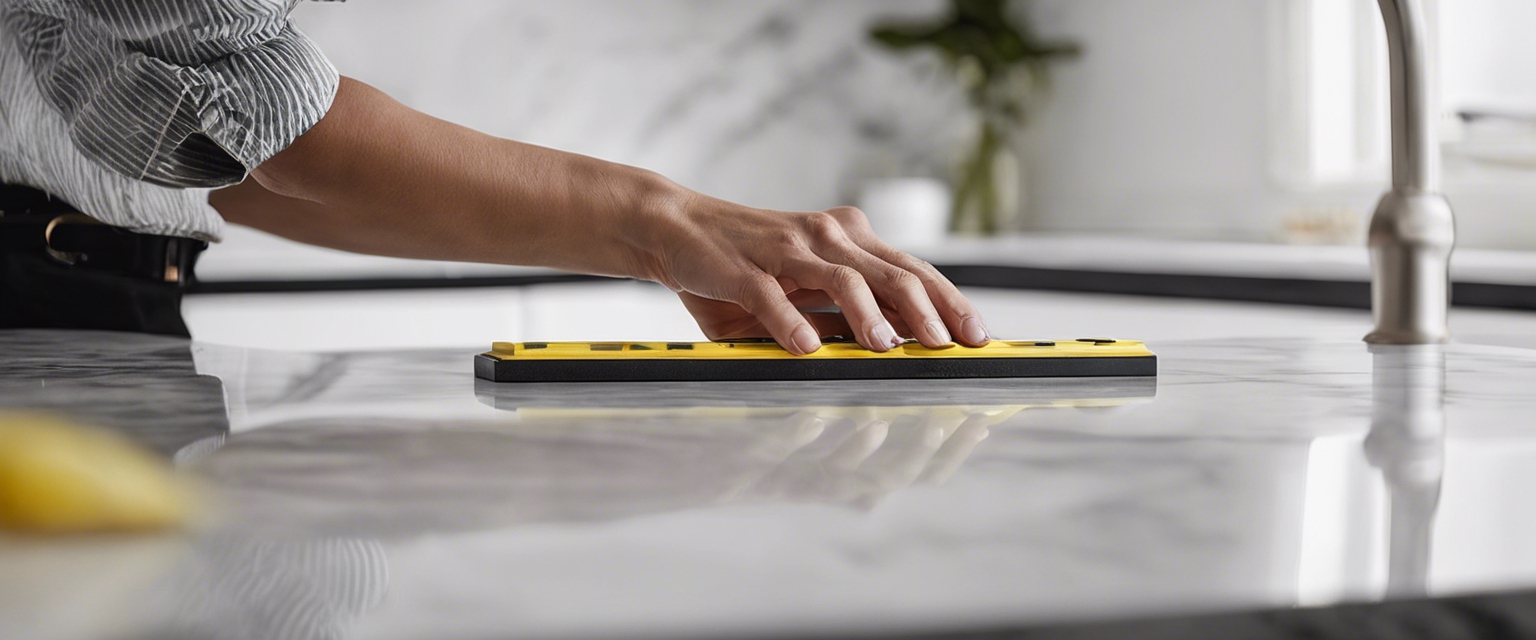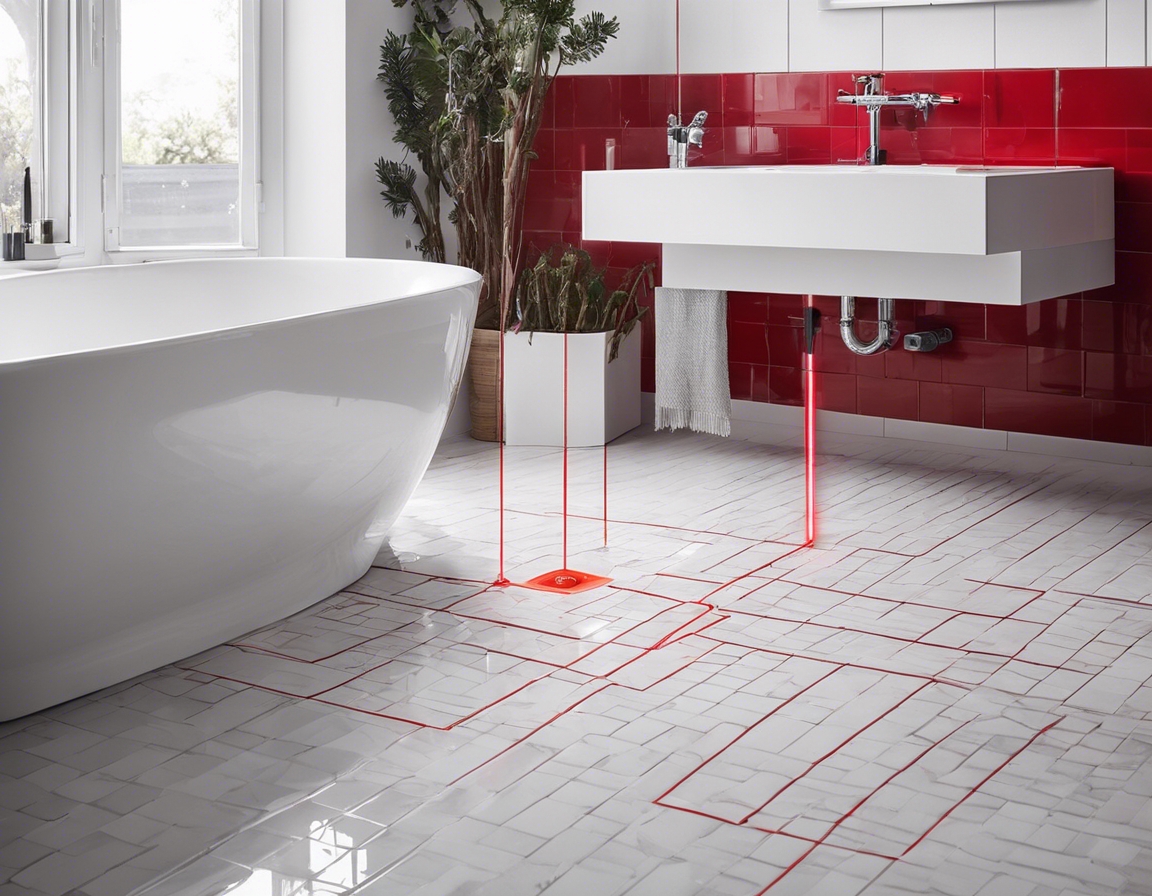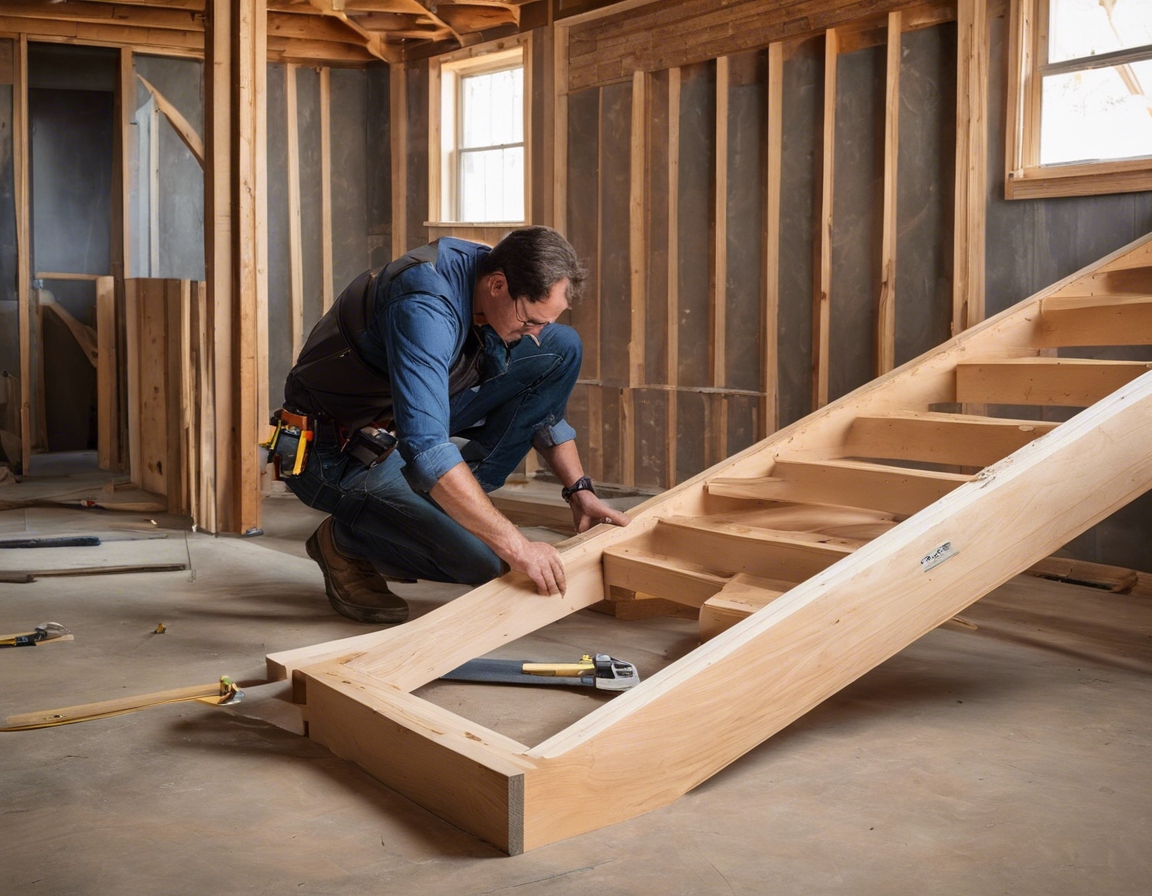Marble vs. ceramic: a comprehensive guide
Marble is a metamorphic rock formed from the recrystallization of limestone under high pressure and temperature. Its veining patterns and lustrous finish have made it a symbol of luxury and opulence throughout history.
Ceramic materials are non-metallic, inorganic compounds that are shaped and then hardened by heating. They are commonly used in tiles for flooring and walls due to their versatility and wide range of finishes.
Physical Properties
Marble is known for its natural beauty, with unique veins and swirls that ensure no two slabs are alike. It's also heat resistant, making it ideal for areas exposed to high temperatures.
Ceramic tiles are known for their hardness and durability. They are less porous than marble, making them more resistant to stains and moisture.
Aesthetic Appeal
Marble has a timeless elegance, with a glossy surface that reflects light beautifully. It's available in a range of colors from pure white to black, with a multitude of hues in between.
Ceramic offers a broad spectrum of designs, including options that mimic natural stone, wood, and even fabric. Its ability to be printed with high-resolution patterns allows for endless creative possibilities.
Durability and Maintenance
While marble is durable, it is also porous and can be susceptible to etching and staining if not properly sealed and maintained. Regular cleaning and occasional resealing are recommended.
Ceramic tiles are low maintenance, requiring only regular cleaning with non-abrasive products. They are also less likely to chip or crack under normal use compared to marble.
Applications in Design and Architecture
Marble is often used in high-end residential and commercial projects for flooring, wall cladding, countertops, and decorative features. Its luxurious appearance makes it a favorite for statement pieces.
Ceramic is versatile and practical, suitable for a wide range of applications from residential bathrooms and kitchens to commercial lobbies and exteriors. It's a cost-effective option for large-scale projects.
Environmental Impact and Sustainability
Marble quarrying can have significant environmental impacts, including habitat destruction and water pollution. However, with responsible sourcing and advancements in quarrying techniques, its environmental footprint can be reduced.
Ceramic production involves the consumption of energy and resources, but it often includes recycled materials in its composition. Modern manufacturing processes aim to minimize waste and reduce emissions.
Cost Comparison
Marble tends to be more expensive than ceramic, both in terms of material costs and installation. Skilled labor is required for marble installation, which can add to the overall expense.
Although ceramic may be more affordable upfront, marble can add significant value to a property. Its longevity and timeless appeal can be a wise investment for those looking to enhance the resale value of their space.






Comments (0)